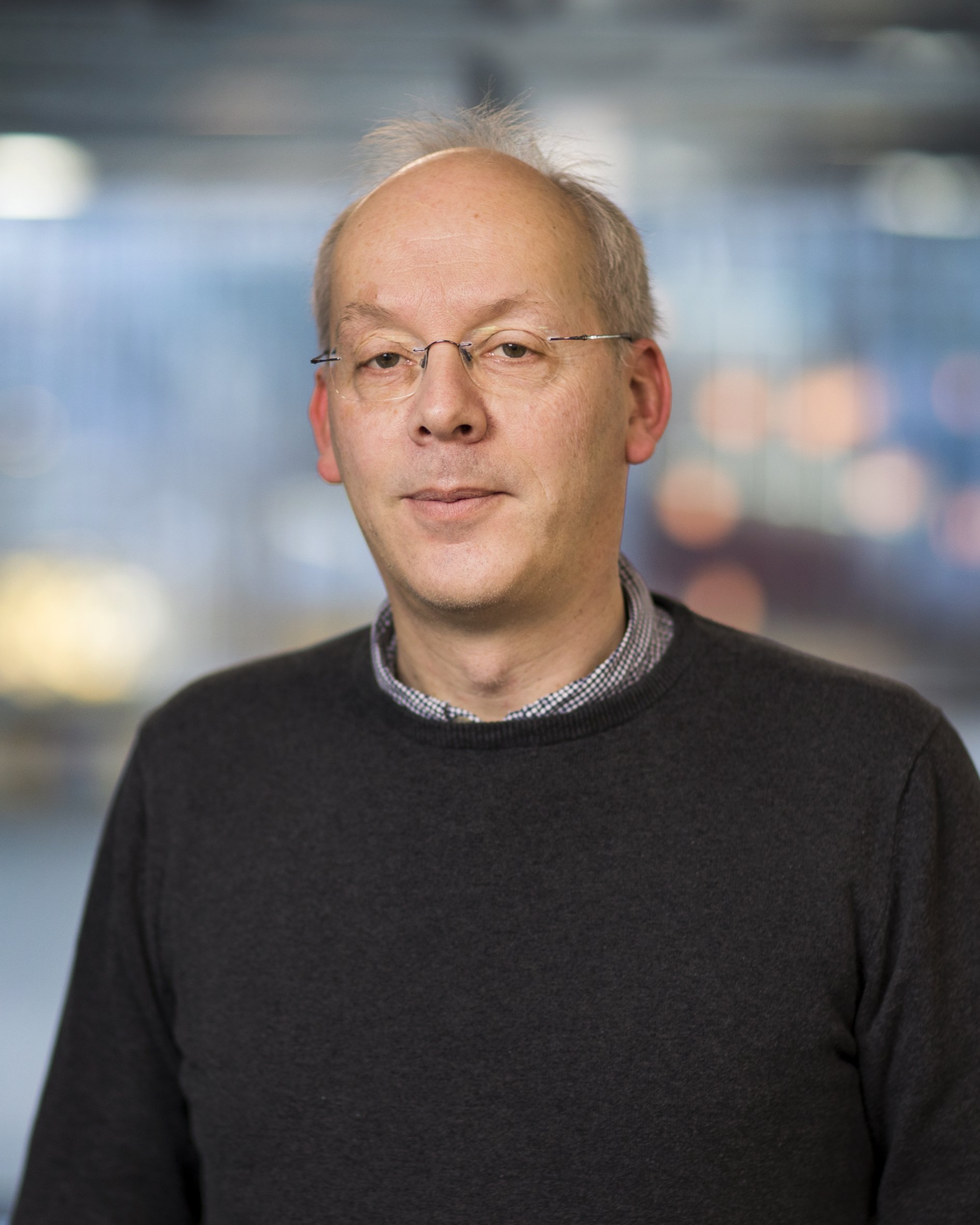
This project was made possible thanks to our team of experts!
Our research team consists of internationally leading experts, covering all scientific and technical disciplines, and connecting the exact sciences to conservation science.
More information below
ITALY
Alma Mater Studiorum - Università di Bologna
THE NETHERLANDS
University of Amsterdam
TU Eindhoven
Rijksmuseum
FRANCE
Université de Pau et des Pays de l'Adour
PRINCIPAL INVESTIGATORS
The principal investigators are the team of researchers responsible of overviewing the whole project.
Noushine Shahidzadeh - University of Amsterdam
Shahidzadeh is Professor at the UvA, member of the directory board of the Interpore Foundation and the scientific board of the NICAS (Netherlands Institute for conservation, Art and Science). She is also the founder of the an international biannual workshop on crystallization in porous media CRYSPOM .The central aim of Shahidzadeh’s research group is to support interdisciplinary projects for the preservation and conservation of cultural heritage and artworks. Her area of expertise covers (i) salt crystallization in bulk, confinement and porous media, (ii) degradation of porous materials due to crystallization (iii) surfactants and emulsion systems (iv) wetting and adhesion of surfaces.
Shahidzadeh is the Project Leader of CRYSTNART and supervisor (together with Pel) of the PHD student Rozeline Wijnhorst. She is involved in (1) microscale studies of crystallization in multilayered materials using confocal microscopy, (2) fabrication of 2D layered materials for microscale studies, and (3) effects of confinement and surface chemistry on the crystallization dynamics.
Stefano de Miranda - University of Bologna
Stefano de Miranda is Professor at the Department of Civil, Chemical, Environmental, and Materials Engineering . He is the coordinator of the MSc programme in Civil Engineering, at the School of Engineering and Architecture. Moreover, he is the head of the Laboratory of Computational Mechanics (LAMC), that hosts basic and applied research for the development of theoretical models and computational techniques for engineering problems. He previously coordinated the JPICH research project KISADAMA dealing with salt crystallization and damage in historic masonry. His main research interests involve (i) numerical modelling for structural analysis of masonry buildings, (ii) modelling and simulation of environmental aging of porous materials due to damp rising and salt crystallization, (iii) computational wind engineering, (iv) virtual element methods, (v) homogenization techniques for multiscale analysis.
De Miranda will be involved in the development of (1) a 3D micro-mechanical FE model of the porous material subjected to the crystallization pressure for investigating the micro-scale interaction between salt crystallization and mechanical behaviour, and (2) a 3D macro-scale (multiphase) model of the layered porous material able to account for salt and water transport, salt crystallization and related mechanical effects.
Leo Pel - Technische Universiteit Eindhoven
Pel is associate Professor in the group transport in Permeable Media at the Department of Applied Physics, TU/e. He does research in Fluid Dynamics, Materials Science and Experimental Physics and is involved in various national and international projects on the durability of porous materials. His main research interest is combined moisture and ion transport in porous media in order to understand crystallization damage. In the group, Nuclear Magnetic Resonance (NMR) imaging on multiple length scales is combined with physical and mathematical modeling. His group studies the transport of moisture and ions in a variety of permeable materials, ranging from porous building materials of macroscopic dimensions, such as brick and concrete to thin polymer coatings.
Pel is one of the principal invesotgators and is co-supervisor of Rozeline Wijnhorst. He will contribute (1) scientific development of ion and moisture transport measurements in multi-layered materials using NMR, (2) combining NMR results with x-ray computed tomography, and (3) identifying the key parameters that govern the transport and damage mechanisms in layered materials.
Hannelore Derluyn - Université de Pau et des Pays de l'Adour
Hannelore Derluyn is an CNRS Associate Scientist at the Laboratoire des Fluides Complexes et leurs Réservoirs (LFCR) of the University of Pau (UPPA). Recently , she was awarded the Bronze medal of CNRS . Her area of expertise is on crystallization-induced fracturing associated to salt transport and in-pore salt precipitation in porous media, i.e., the coupled dynamics of transport, crystallization and fracturing in rocks at the pore-scale level by performing in-situ dynamic tests at X-ray and neutron imaging facilities, in collaboration with the DMEX Centre for X-ray imaging at her host institute.The research is further integrated in joint projects with the Characterization of Geological Reservoirs group of the LFCR, and with LFCR-researchers working on gas hydrates, as the study of gas hydrate formation and dissociation in gas hydrate bearing sediments shows many analogies with salt crystallization in porous media.
Derluyn will be the advisor of the PhD student, and involved in (1) quantification of salt crystal and moisture distributions and crystallization-induced cracking in multi-layered materials using time-lapse and 4D HRXCT, (2) combining the HRXCT results with those obtained using NMR, (3) contributing to identifying the key parameters that govern the transport and damage mechanisms in such layered materials.
Isabelle Garachon - RijksMuseum
Garachon is Head of the Ceramics, Glass and Stone Workshop since 1989. Her key tasks include the safe-keeping, exhibiting and making presentable of the approximately 20,000 objects of pottery, stone, porcelain, glass and natural stone. She is involved in both conservation and restoration.
Garachon will be liaison between the museum and the research team. Rijksmuseum will give the access to the relevant collections and the facilities. She will be involved in defining the layered materials relevant to be studied.













